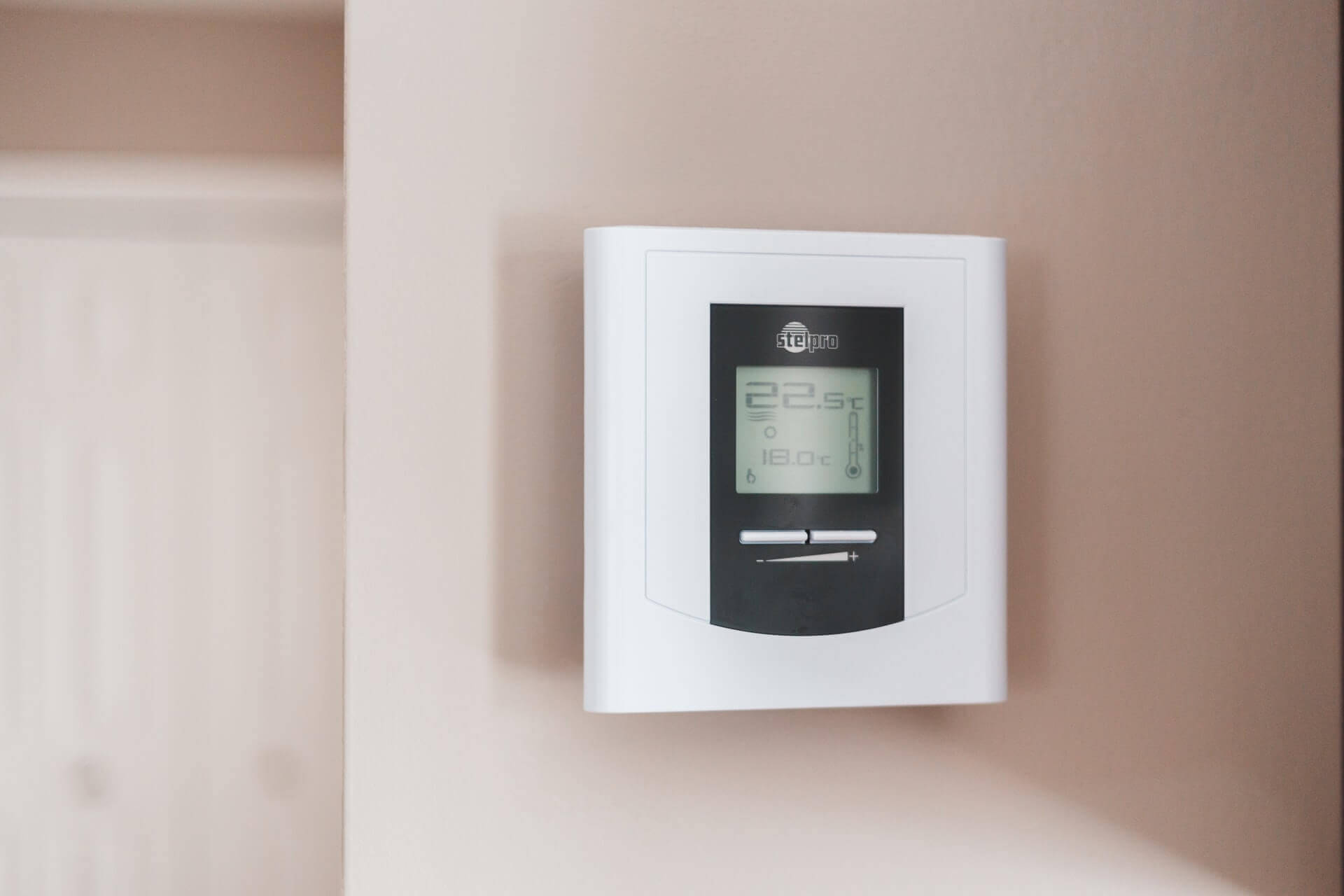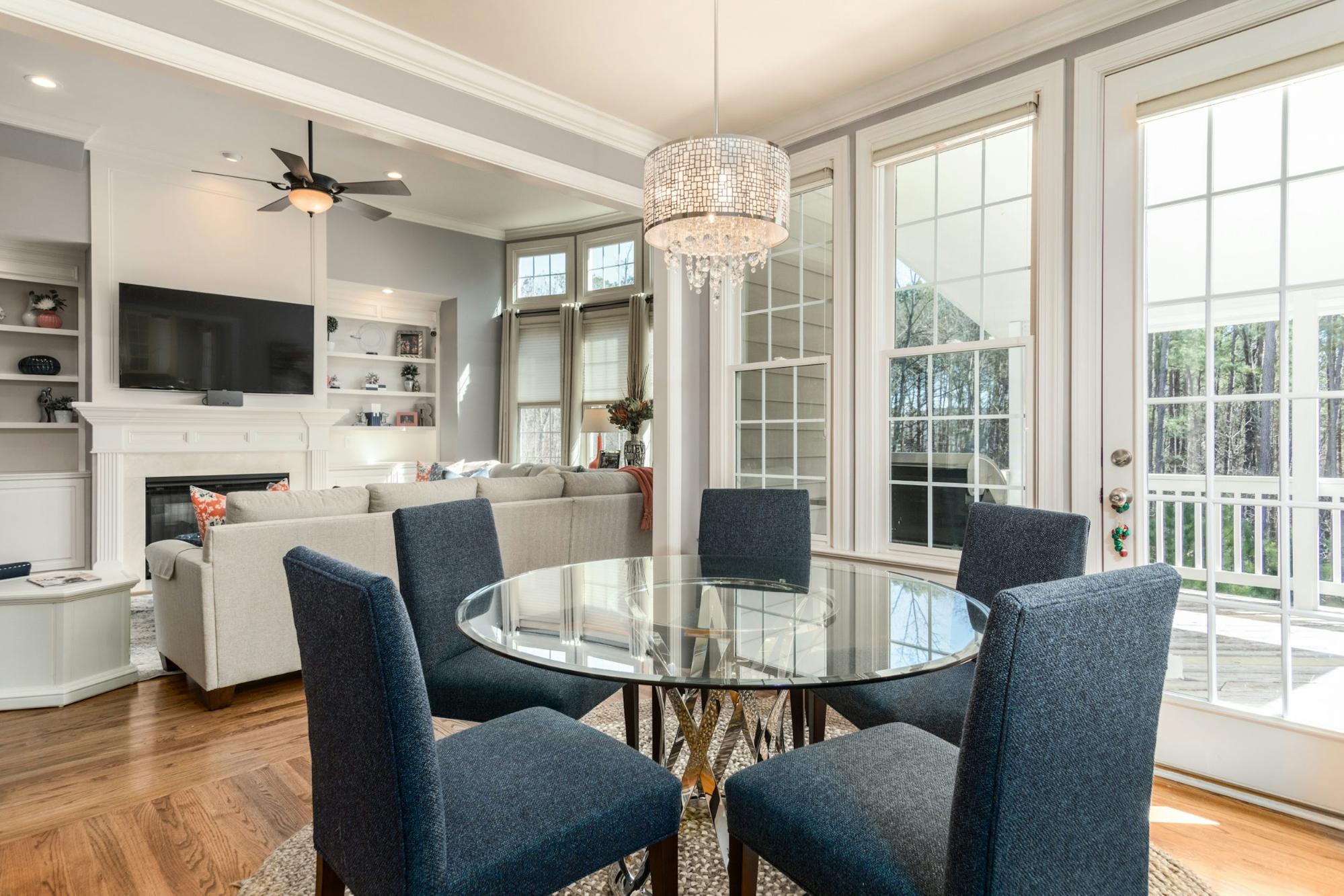What is bi-energy conversion?

Conversion to bi-energy consists in transforming your current heating system into a system using two energy sources, namely electricity and fuel, to benefit from a lower rate at Hydro-Québec, and therefore save money on your energy bill. Although it may require a significant investment depending on the case, this transition is beneficial for the user, for the electricity supplier and for the environment in the long term.
What is bi-energy?
In everyday language, the term dual-energy refers to a heating system that uses two energy sources:
- Electricity, as the main source of energy;
- Fuel such as natural gas, fuel oil or propane, as a backup source during periods of extreme cold.
How does bi-energy work?
The functioning of dual-energy is relatively simple.
- Electricity is used as an energy source to power your heater as long as the outside temperature is -12°C or higher (or -15°C in some areas).
- The system automatically switches to fuel heating thanks to a switch when the outside temperature falls below -12 or -15°C. This generally corresponds to a period of about 3 weeks per year.
The system is equipped with a temperature probe installed outside the house that will transmit a signal to the switching device when the temperature crosses the indicated thresholds, both up and down. The latter then activates the transition from one energy source to another, without human intervention.
What is the advantage of bi-energy for the consumer?
Using a dual-energy heating system will allow you to benefit from a particularly advantageous rate, called DT rate, at Hydro-Québec:
- When the outside temperature is greater than or equal to -12 or -15°C, i.e. during most of the year, the cost of electricity is $4.542/kWh, compared to $6.319/kWh (1era bracket) or $9,749/kWh (2th bracket) for the normal rate, which remains stable all year round. This is particularly economical if you use an electric air conditioning system in summer, in addition to the other appliances you need on a daily basis.
- When the outside temperature is below -12 or -15°C, the DT rate increases to $26.555/kWh, again against $6.319/kWh (1era bracket) or $9,749/kWh (2th bracket) for the normal rate. However, your heating system is no longer powered by electricity. In addition, it is a short period of about 3 weeks per year. In addition, an indicator light shows you when you are in “high rate” mode. So you can take the necessary measures to reduce your consumption.
In the end, the dual-energy system allows you to make interesting savings in the long term, especially since the cost of fuels such as gas and oil is generally unstable.
What is the advantage of bi-energy for Hydro-Québec?
In Quebec, electricity demand explodes during periods of extreme cold due to the electric heating systems that work at full capacity in the majority of homes. The use of dual-energy systems thus facilitates the management of the distribution network for Hydro-Québec. This is also the reason why the company encourages consumers to make the energy transition by offering attractive rates.
What is the advantage of bi-energy for the environment?
Many homes still use oil-fired heaters today. In addition to causing significant expenses, due to its unstable price, this oil derivative is nevertheless very polluting for the environment. Its use is at the origin of the release of a large quantity of greenhouse gases into the air. With a dual-energy system, fuel-fired heating only works for a few days a year. In addition, the devices generally use natural gas or wood pellets instead of fuel oil.
What is the most interesting combination for a dual-energy system?
Conversion to dual energy is possible if you have a central hot water or forced air system. The most interesting combination is, for its part, that of a heat pump and wood pellet heating. We explain it to you.
The heat pump, an ecological and economical device
A heat pump, or heat pump, is an electrical device that uses energy from the air or the ground, i.e. from renewable and free energy, to heat the interior of your home in winter and refresh the atmosphere in summer. More specifically, it transfers heat but does not produce it. This is why it consumes less electricity than ordinary heating devices and is therefore less expensive in the long term. In addition, it does not release greenhouse gases during its operation.
The wood pellet boiler, satisfactory efficiency and ecological operation
Wood pellets are among the cheapest fuels on the market. In addition, the quantity of greenhouse gases released during its combustion is relatively low compared to that emitted by fuel oil. In addition, wood pellet boilers offer greater efficiency compared to other fuel-burning devices.
Entrust the conversion of your heating system to dual-energy to a professional!
At Confort Prestige, we can take care of converting your current heating system into bi-energy. For this, we provide you with qualified and serious professionals who will do everything possible to guarantee your comfort, safety and satisfaction. Do not hesitate to contact us to request our services or to obtain additional information.
Conclusion
Dual energy is therefore an interesting heating system to save money, preserve the environment and reduce the Hydro-Québec bill during periods of extreme cold. The investment required for the transition can amount to up to $7,000, depending on the extent of the work to be done and the devices chosen. Unfortunately, there are no grants available at this time. In all cases, an expert will be able to guide you to the solution that best suits your situation and your budget.
Guarantee: No traces, no stress — only lasting results.
5 000 +
96%
$6,275



.avif)



